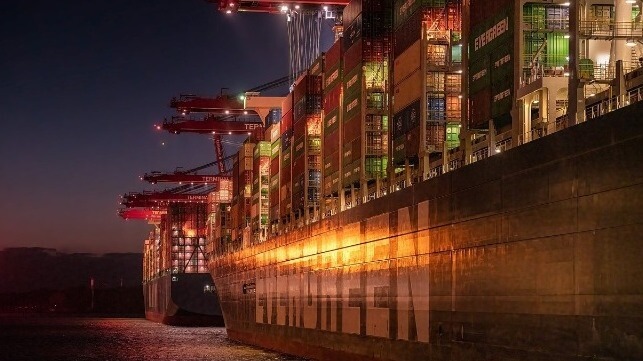Biden Administration Releases Maritime Decarbonization Strategy

The U.S. Department of Energy has released an updated decarbonization strategy for 2023, and it includes substantial and detailed policy measures for the maritime sector.
Maritime makes up about three percent of U.S. transport sector emissions, and just one percent comes from domestic shipping. Though it makes a minor contribution to America's carbon footprint, and the U.S. Energy Information Administration expects the domestic sector to shrink, the maritime industry's unique operational requirements make it challenging to decarbonize.
Since most zero-carbon shipping technology is still in the developmental phase, the administration's plan focuses on R&D and incentives for adoption. This includes research and innovation to develop alternative fuels and propulsion systems; studies on total lifecycle emissions to verify carbon reduction from new technology; and better forecasting for energy use and industry development trends.
The administration's priority technologies for more research include biofuels, ammonia, hydrogen, and methanol. Since most modern biofuels are "drop-in" replacements for conventional bunker fuel and diesel, they can be substituted immediately without alterations to the engine or propulsion system. While biofuels may be ready for implementation today, the administration believes that more research is needed on hydrogen, ammonia and methanol to ensure that they have low life-cycle emissions.
The other priority interventions will be familiar from global efforts to reduce emissions: promoting battery-electric and hybrid options for small vessels, along with infrastructure for charging; cold-ironing for ships at berth; operational efficiency improvements, like reducing speed; and onboard carbon capture for mitigating the impact of conventional fuels.
All this will require investment, and the administraion outlined top areas of focus for federal support. These include subsidies for vessel conversions, as well as assistance for ports to install needed infrastructure. The policy tools available include the Port Infrastructure Development Program (PIDP), which could be used for funding cold-ironing and charging facilities.
Even without decarbonization, maritime freight transport offers an opportunity for increased efficiency, and the administration recognized that the industry has a real role to play in reducing overall emissions from transport. Barge tows and shipborne freight are far more fuel efficient per tonne-mile than trucking and rail, which make up about 20 percent of U.S. transport emissions. Merely switching cargo from over-the-road to maritime transport would reduce carbon emissions, while still using conventional fuel for energy, DOE noted.
International advocacy
These policy measures would help reduce emissions from domestic transport, but not from international shipping activity, which accounts for about half of America's maritime carbon emissions (depending on the method of accounting). The White House can only go so far in regulating the fuel choices of overseas shipowners using American law - but it can cooperate with international institutions and stakeholders.
"Given the international nature of the maritime sector, it is essential to build well-functioning domestic and international stakeholder collaborations to better understand industry challenges and needs," acknowledged the Department of Energy.
Current international partnerships include the DOE's leadership of the Zero-Emission Shipping Mission, which works towards the goal of transitioning five percent of the deep sea fleet to zero-carbon fuel by 2030, along with appropriate bunkering infrastructure at 10 global ports.
International advocacy efforts at IMO are led by the U.S. Department of Transportation and the Coast Guard, and include a continued push to adopt decarbonization targets in line with the Paris Climate Agreement (zero by 2050).
